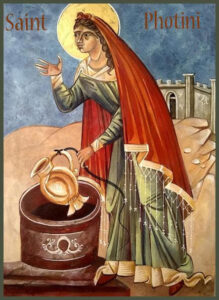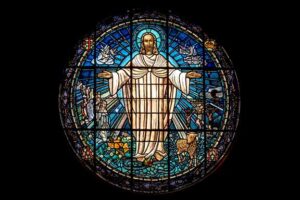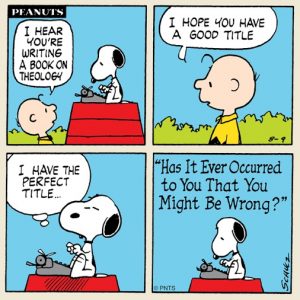 This is an old and familiar story, a comfortable story if you will … the parable of the sower.[1] We’ve all heard it before and we know what it means because Jesus takes the time to explain it. Jesus calls it “the parable of the sower,” but it really ought to be called “the parable of the soils.” The parable presents the variety of responses to the good news of the kingdom of heaven. Jesus uses the metaphor of the different types of soil into which the sower’s seed is cast. That “soil,” he explains, is people.
This is an old and familiar story, a comfortable story if you will … the parable of the sower.[1] We’ve all heard it before and we know what it means because Jesus takes the time to explain it. Jesus calls it “the parable of the sower,” but it really ought to be called “the parable of the soils.” The parable presents the variety of responses to the good news of the kingdom of heaven. Jesus uses the metaphor of the different types of soil into which the sower’s seed is cast. That “soil,” he explains, is people.
Some seed that falls on the path which, says Jesus, represents those who hear the good news but do not understand it. Because of the hardness or dullness of their hearts, the evil one, who resists God’s purposes snatches it away. It is not clear, in the parable or in Jesus’ explanation, why the devil seems to be more powerful in influencing the human heart than is God’s word, but then that is not the point of the parable. That, perhaps, is a teaching Jesus meant to leave for another day.
 A clergy colleague suggested recently that this Sunday’s epistle reading
A clergy colleague suggested recently that this Sunday’s epistle reading What are we to do with our first lesson today? The story of the testing of Abraham and the binding of Isaac, called the Akedah in Hebrew, “exudes darkness and mystery, and it brings before us a thousand questions, most of which have no answers.”
What are we to do with our first lesson today? The story of the testing of Abraham and the binding of Isaac, called the Akedah in Hebrew, “exudes darkness and mystery, and it brings before us a thousand questions, most of which have no answers.” Do any of you know the story of Tubby the Cocker Spaniel? Well . . . remember Tubby’s name. We’ll come back to him, but first let’s put today’s gospel lesson in perspective.
Do any of you know the story of Tubby the Cocker Spaniel? Well . . . remember Tubby’s name. We’ll come back to him, but first let’s put today’s gospel lesson in perspective. “As Jesus was walking along, he saw a man called Matthew sitting at the tax booth; and he said to him, ‘Follow me.’ And he got up and followed him.”
“As Jesus was walking along, he saw a man called Matthew sitting at the tax booth; and he said to him, ‘Follow me.’ And he got up and followed him.” “Put things in order, … agree with one another, live in peace.”
“Put things in order, … agree with one another, live in peace.” We “boast in our sufferings,” writes Paul to the Romans, “knowing that suffering produces endurance, and endurance produces character, and character produces hope, and hope does not disappoint us….”
We “boast in our sufferings,” writes Paul to the Romans, “knowing that suffering produces endurance, and endurance produces character, and character produces hope, and hope does not disappoint us….” It’s the last Sunday of the Christian year, sort of a New Year’s Eve for the church. We call it “the Feast of Christ the King” and we celebrate it by remembering his enthronement. Each year on Christ the King Sunday we read some part of the crucifixion story. As Pope Francis reminded the faithful in his Palm Sunday homily a few years ago, “It is precisely here that his kingship shines forth in godly fashion: his royal throne is the wood of the Cross!”
It’s the last Sunday of the Christian year, sort of a New Year’s Eve for the church. We call it “the Feast of Christ the King” and we celebrate it by remembering his enthronement. Each year on Christ the King Sunday we read some part of the crucifixion story. As Pope Francis reminded the faithful in his Palm Sunday homily a few years ago, “It is precisely here that his kingship shines forth in godly fashion: his royal throne is the wood of the Cross!”


